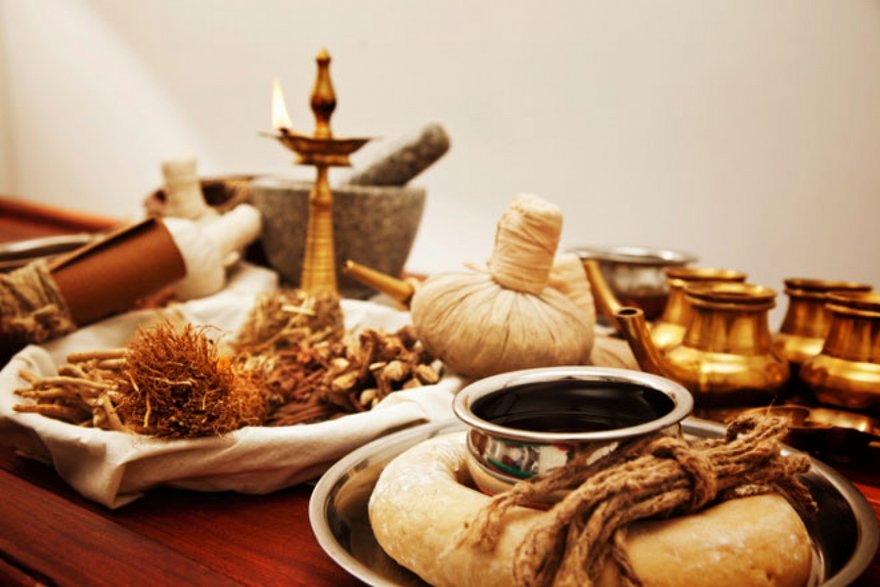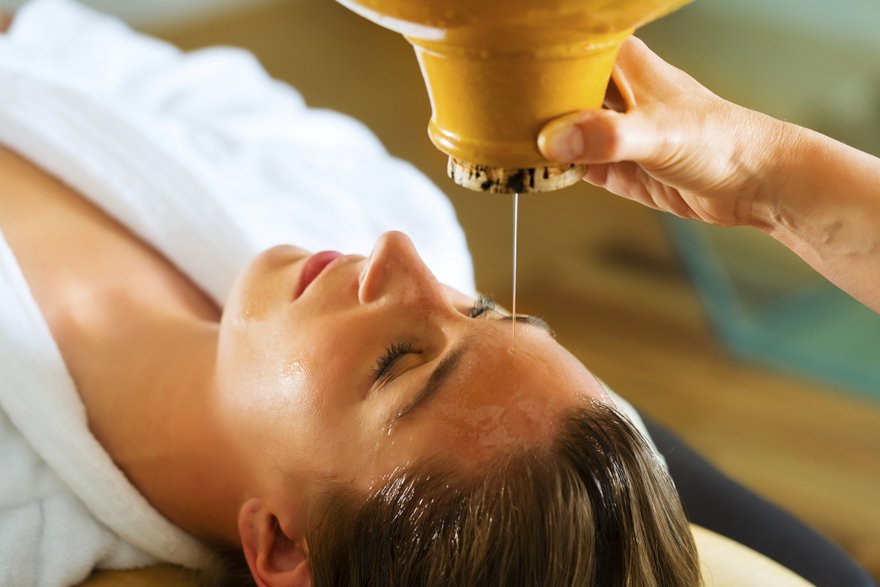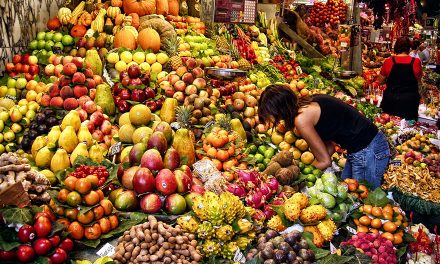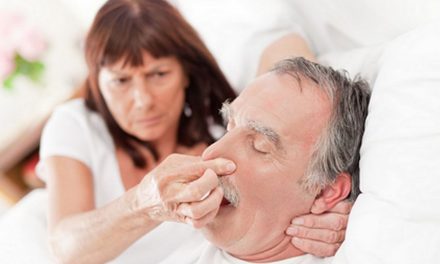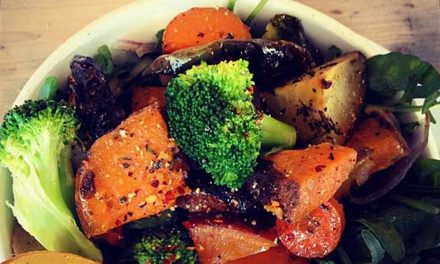Health is defined in Ayurveda as the one who has equilibrium of Tridoshas, Sapta dhatu, Tri malas and 13 agnis.
Elimination is a natural body instinct but in case of dosha imbalance due to natural forces viz, ageing process, seasonal changes etc or by unnatural and unwholesome food, drink, regimen etc. Because of these natural and unnatural factors, the agnis (enzymes responsible for digestion and metabolism) stop functioning and as a result. Ama (indigested material) is produced.
[wp_ad_camp_1]
This ama tends to stick into the minute channels of the body known as strotas and start producing diseases.
Pancha Karma therapy a long recognized therapeutic procedure has great importance in the field of Ayurveda as a therapeutic measure. Ayurvedic classics mention that this particular therapy eradicate the Dushita doshas (Vitiated doshas) and disease permanently and leaves no chance for relapse. So it is used as preventive as well as curative method to treat the disease.
Panchkarma or Samshodhan Chiskitsa – Divided Into Three steps
1) Poorva karma
2) Pradhana karma
3) pashchata karma
Poorva Karma Includes:
1) Snehana
2) swedana
If the doshas are removed from their places by snehana and swedana karmas, they come to the kashtha, from which it is easy to expel them out by panchkarma. There is two type of snehana-Internal, External
Internal: Medicated oils and ghee are used
External: This includes different kinds of massage.
2) Swedana – is done shortly after the massage.
Pancha Karma – It Includes:
1) Vamana,
2) Virechana,
3) Vasthi,
4) Nasyam,
5) Raktamokshana
Vamana-is a process which eliminates vitiated doshas through the mouth. This is the best treatment for kapha dosha. Vamana is not done only in patients, but may also be done in normal persons for keeping them healthy.
Virechana-The process of elimation of vitiated dosha through anal region is known as Virechana. It is a specific process for elimination of Pitta dosha. Vasthi –It has got important place in panchkarma therapies and it is indicated for the treatment of Vata dosha diseases.Vasthi chikitsa itself takes care of half of the treatment.
Types of Vasthi
i) Anuvasana
ii) Niruha
Anuvasana is done with herbal oil and Niruha with herbal decoction. Both vasthis are administered alternatively for specific periods depending on patient’s constitution and severity of the diseases i.e.
i) Karma Vasthi – 30 Vasthies
ii) Kala Vasthi – 16 Vasthies
iii) Yoga Vasthi – 8 Vasthies
Nasyam-The nasal administration of medication in the form of oil, ghee or choornam is called nasyam.
When vitiated doshas are accumulated in the sinus, throat, nose or head areas is removed through nasyam.
Nose is the nearest possible way to drain vitiated doshas. This treatment is highly effective for different types of headaches including Migraine, Paralysis, loss of smell and taste, pre mature graying of hair, frozen shoulder etc.
Types of Nasyam
i) Snehana
A) Marsha
B) Pratimarsha
Marsha Nasyam is used in diseased condition while Pratimarsha nasyam can be used on any one in small measures.
ii) Shodhana
RaktaMokshana-The process of taking out impure blood from the body.
Paschat Karma:
After panch karma therapies there is lot of strain on the body and digestive fire (Agni) becomes weak. So to regain or restore digestive power and strength of the body. Special diet and life style is prescribed, but all therapies are very specific and technical. So done under the supervision of experienced Ayurvedic practitioner.
Source: blog.ayurveda-kendra.com

